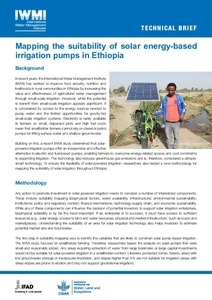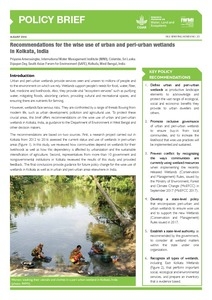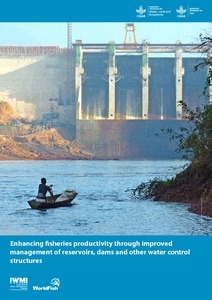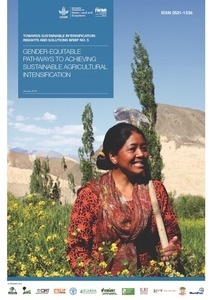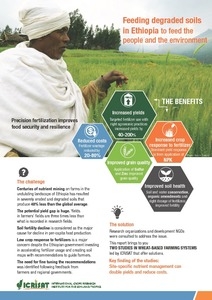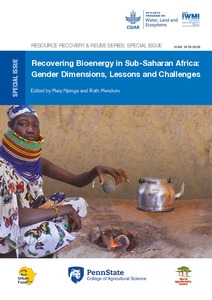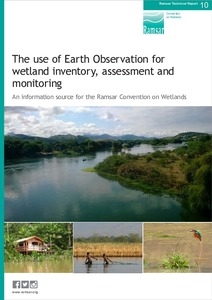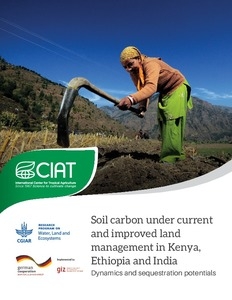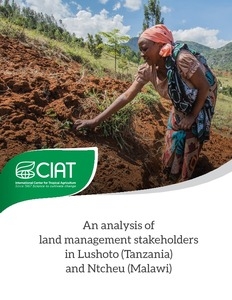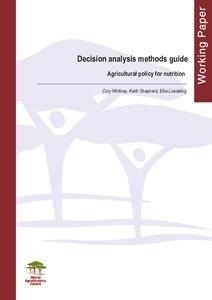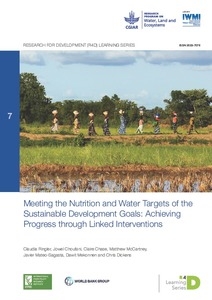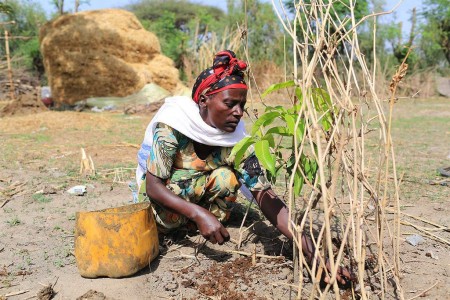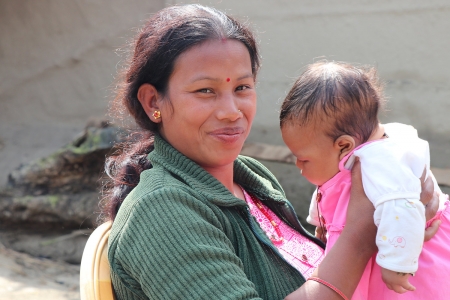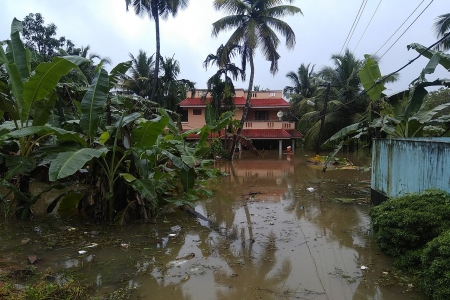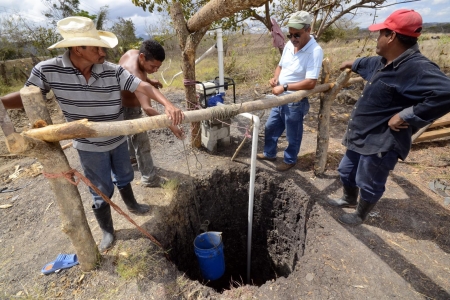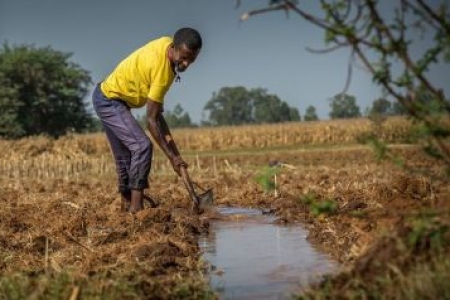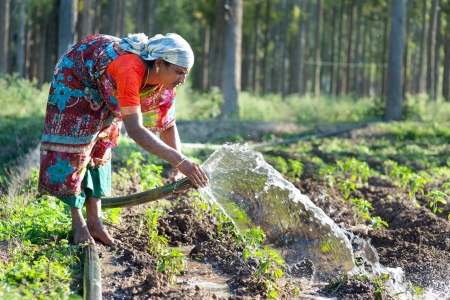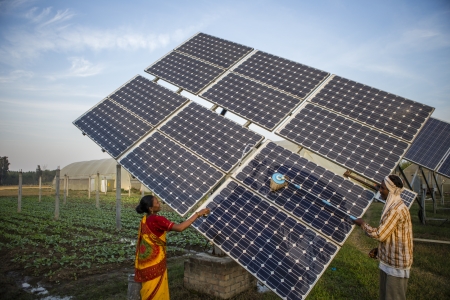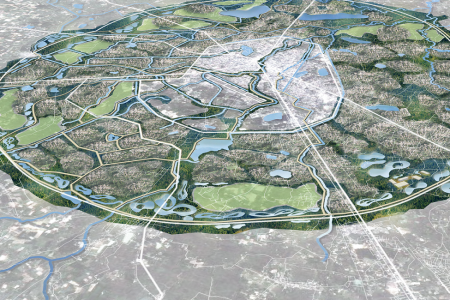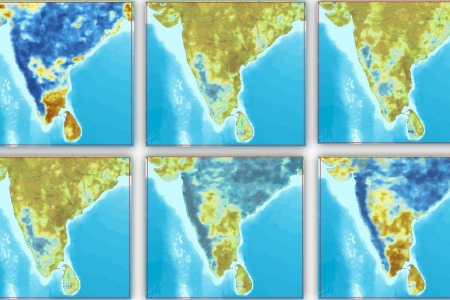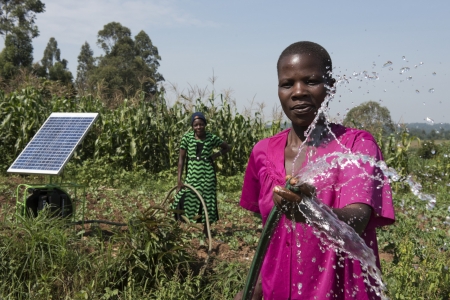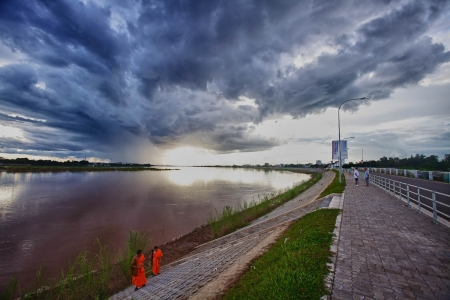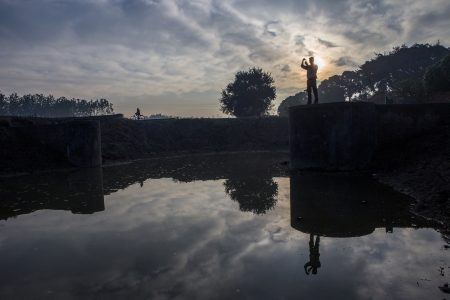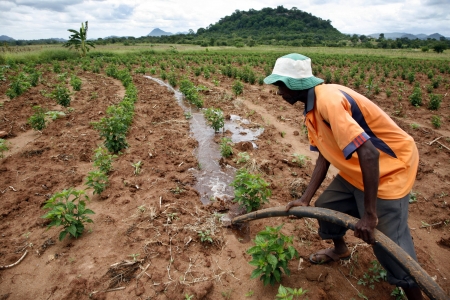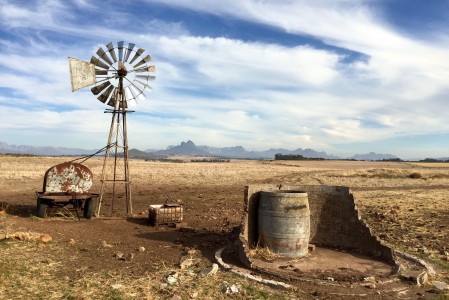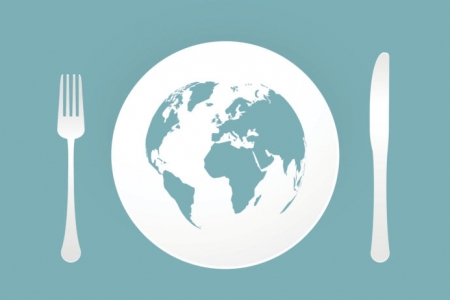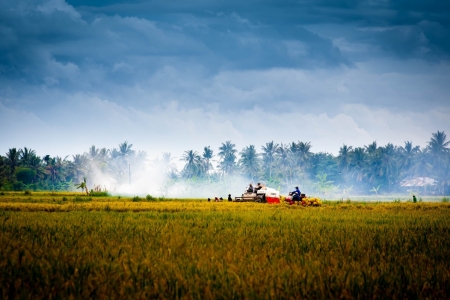The WLE 2018 Annual Report > Planetary boundaries

Overcoming today’s planetary emergency requires knowledge on how to sustainably intensify agriculture
Agricultural expansion and land use change are among the top culprits behind an unprecedented decline of nature, according to a recent report by the Intergovernmental Science-Policy Platform on Biodiversity and Ecosystem Services (IPBES).
Although food production has increased in recent decades, this progress has been fueled by unsustainable uses of fertilizers, pesticides and natural resources, resulting in large-scale degradation of land, water, biodiversity and overall environmental health. The productivity of 23% of land areas globally has declined due to degradation, and nearly 75% of freshwater resources are now devoted to crop or livestock production.
Many of the world’s poorest communities reside in the regions most likely to experience significant negative effects from changes in climate, biodiversity and ecosystem functions. As these most vulnerable communities face the consequences of poor water quality, degraded land and starved soils, they are likely to lose out on livelihoods and opportunities.
While the impacts of our agricultural production systems remain unsustainable, the quantity and quality of food itself is unsatisfactory. With the planet’s population set to hit ten billion this century, food production must increase; some estimates say by 50% globally and by almost 100% in Africa and Southeast Asia before 2050. But it’s not only about increased production; better, healthier and more nutritious food is needed too. Today, almost 1 billion people still go hungry, and almost 2 billion people are eating too much of the wrong food.
Finding appropriate, viable and practical solutions to the twin challenge of producing the right kinds of healthy, nutritious food, while taking care of the environment, building climate resilience and reducing inequity is urgent.
“This is precisely why WLE is establishing a commission to convene global experts on sustainable intensification of agriculture,” said Ann Tutwiler, Board Chair of the WLE Steering Committee. “These experts will bring together years of research by WLE, our CGIAR partners and other science institutions to synthesize the best policies, economic incentives, tools, technologies and practices as well as lay out a roadmap for a sustainable and equitable food future.”
Next steps include appointing 15 commissioners, who will all have one thing in common: their frustration at the present slow pace of agricultural reforms toward sustainability, and their sense of urgency to address this issue if the world is to be a better place. By the time of its completion, the commission will have identified necessary transitions for delivering sustainable intensification of agriculture at multiple scales, in ways that are both sustainable and equitable.
Agricultural challengesare meetingtheir matchWLE 2018-19 Research Highlights
Finding the right solutions puts sustainable agriculture within reach
Sustainable agriculture faces a constellation of ever-shifting challenges. Our world’s population grows toward ten billion, but there is now indisputable evidence of multiple serious social and environmental impacts caused by current agricultural and food systems. We are fast approaching our limits.
Play the Sustainable Agriculture Match GameClick two cards. If the pictures match, the WLE solution will pop up! If not, try again with two more cards
Planetary boundaries
Food systems are a major driver of the unsustainable use of the planet’s increasingly fragile ecosystems. Water, land, forests and the biodiversity are precious, yet finite, natural resources. Current trends show that we are pushing the limits of what Earth can handle. How can we transform agriculture so that it's no longer part of this problem, but part of the solution?
Ann Tutwiler (CGIAR Research Program on Water, Land and Ecosystems (WLE))Board Chair
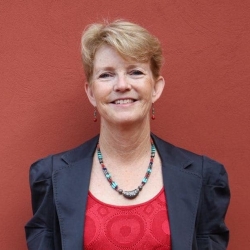
WLE is establishing a commission to convene global experts on sustainable intensification of agriculture. These experts will bring together years of research by WLE, our CGIAR partners and other science institutions to synthesize the best policies, economic incentives, tools, technologies and practices as well as lay out a roadmap for a sustainable and equitable food future.
Step Aston (One Acre Fund)Director - Agriculture Research
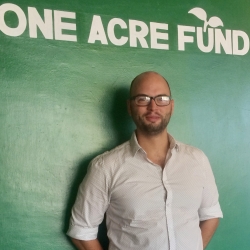
Access to reliable, large-scale, low-cost soil data is an important part of our efforts to develop more locally tailored soil fertility management recommendations and monitor the long-term impacts of our programs on soil health. To date, our soil lab has processed 50,000 soil samples, deriving insights to inform program strategy and decision-making in six countries. This effort would have been cost-prohibitive were it not for the technological breakthroughs and support delivered by the soil-plant diagnostic laboratory.
Food availability
Population growth, demographic shifts, dietary change, climate change and environmental decline challenge everything we know about how to grow and share food. Yet, food production must increase – some estimates say by 50 percent globally, and by almost 100 percent in Africa and Southeast Asia by 2050. But it’s not only about increased production. Better, healthier and more nutritious food is needed too.
Diego Senoner (Indo-German Energy Program)Technical expert

A well-designed KUSUM (Indian solar pump and grid-connected power plant scheme) policy for solar-powered irrigation is important for India to secure sustainable development of agriculture, maintain food security and safeguard groundwater during times of changing climatic conditions.
Marcela Quintero (International Center for Tropical Agriculture (CIAT))Agroecosystems and sustainable landscapes research area director
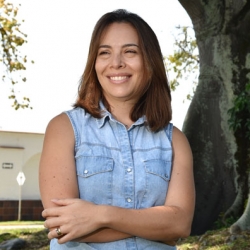
This data platform for improving water management demonstrates the potential that alliances between research centers and development agencies have to generate products that provide concrete solutions to real problems in agriculture. Likewise, these partnerships allow technical and scientific products to reach end users faster.
Equality of opportunity
In this era of planetary degradation, the world’s poorest and most marginalized often bear the brunt of the burden, losing livelihoods and opportunities. This can drive conflict and migration. With men increasingly leaving rural areas, women are playing a greater role in agriculture, but are still often marginalized and lack access to decision making and resources. At the same time, the sector offers fewer viable jobs to youth. Solutions are only sustainable if they are also equitable.
Abdullaeva Uguloi (Water user association of Obchakoron District, Halivad Jamoat, Tatjikistan)Head of WUA
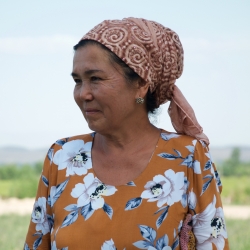
All water user associations should be headed by women. There is so much work, especially at the beginning, but you have to balance so many tasks, and you cannot give up. Women are more likely to overcome barriers. You have to be happy to always be working. Women are much better at this than men.
Miriam Otoo (International Water Management Institute (IWMI))Research group leader for resource recovery and reuse
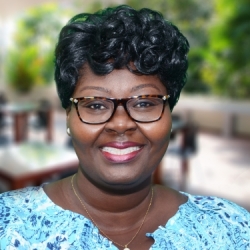
The business of safe recovery of water, nutrients and energy from domestic and agro-industrial waste offers significant opportunities to generate economic and social benefits to women and unemployed youth, especially in developing countries. These entrepreneurs, however, face high market entry barriers due to a lack of social networks, specialist skills and capital. It is therefore important to identify appropriate business training for youth or women entrepreneurs, tailored to their specific needs and capacity gaps under each unique geographical context.
2018 Publications highlights
WLE in the news
Thrive Blog Highlights
WLE is grateful for the support of CGIAR Trust Fund Contributors, including direct support from
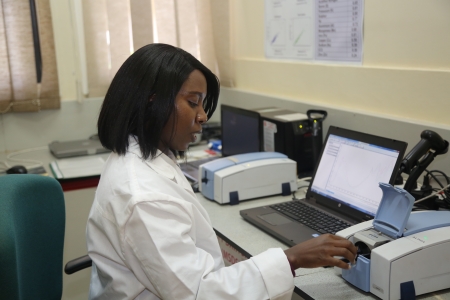
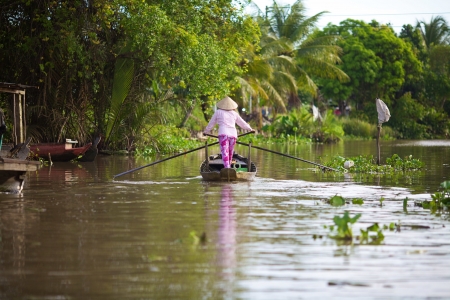
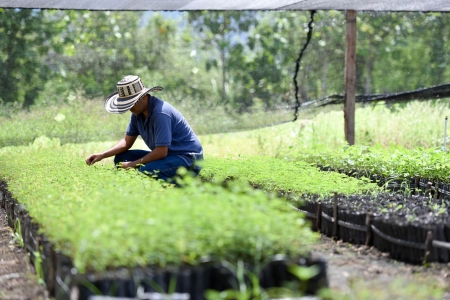
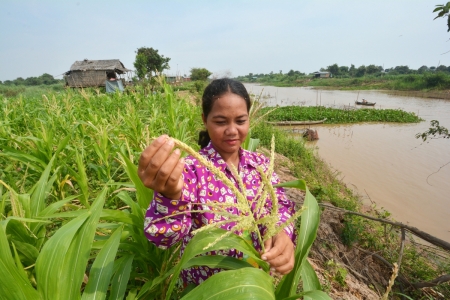
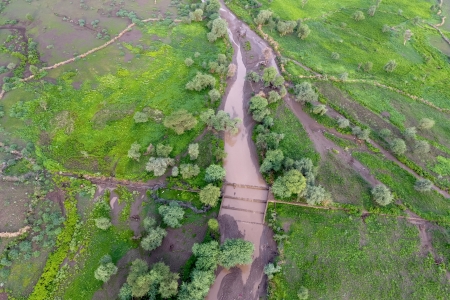
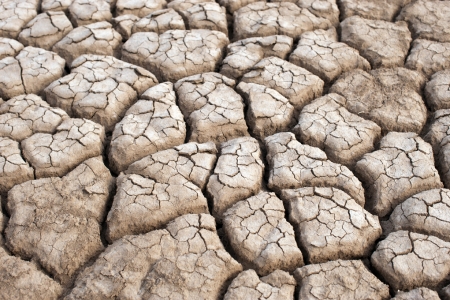
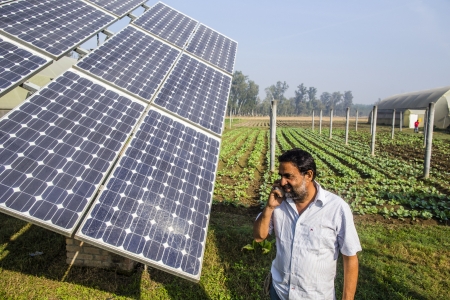
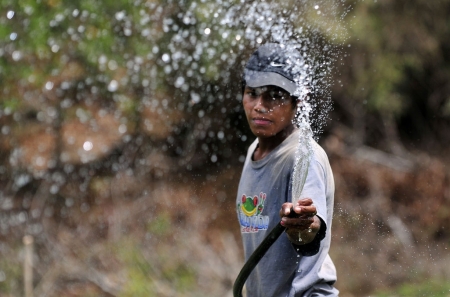
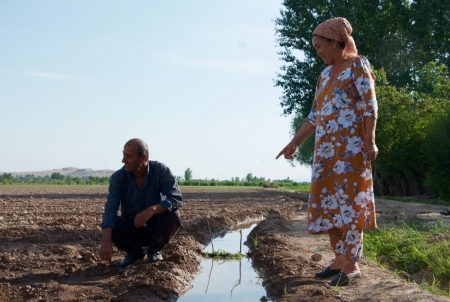
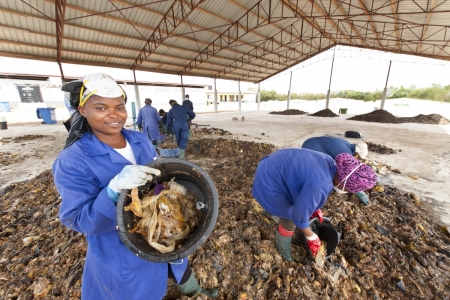
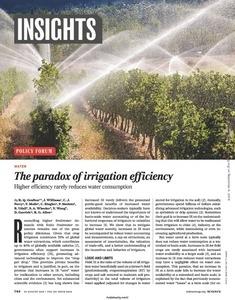
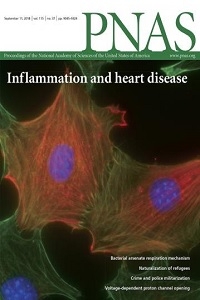
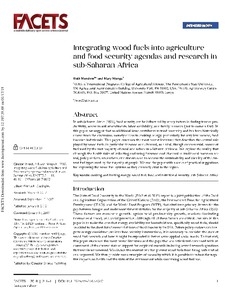
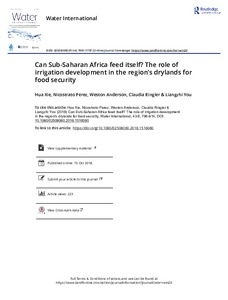
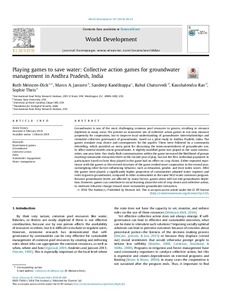
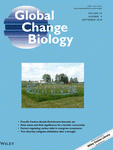

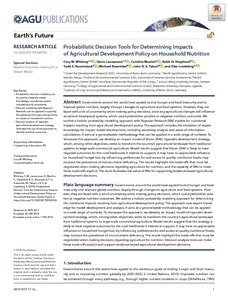
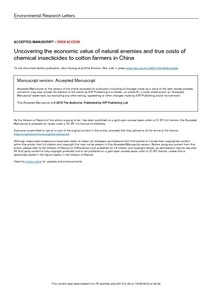
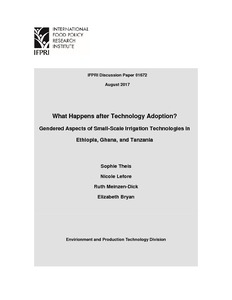
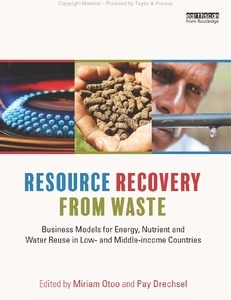
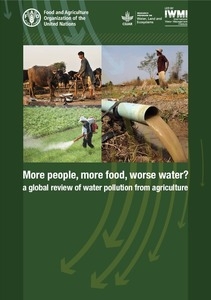
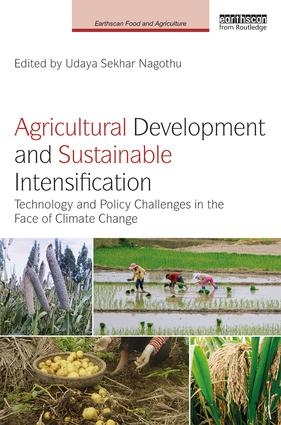
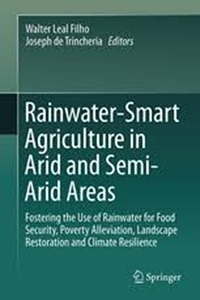
.pdf_/index.jpg?itok=1PqCyZYF)
